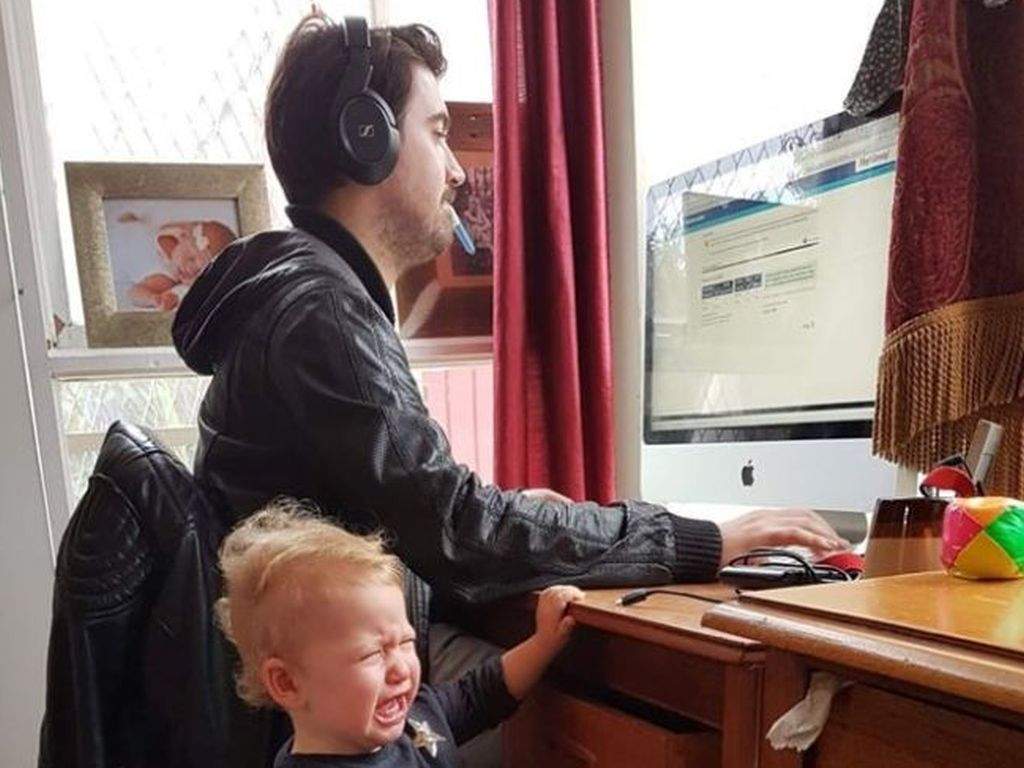The rise and rise of the home office

The coronavirus pandemic is having a significant impact on office workers and their workplaces.
The huge numbers of people working from home due to the COVID-10 outbreak will mark the end of the office, at least the way we remember it, according to a Sydney interior architect, who says that remote working might become the new norm.
“We already saw this idea of a distributed workforce getting stronger, and this will only accelerate it. And for a lot of businesses with knowledge workers, I certainly think that’s going to be the shift,” Iva Durakovic said.
An associate Lecturer at UNSW Built Environment, Durakovic believes that remote working arrangements will continue long after the coronavirus pandemic has passed and will also change the nature of office spaces for the better.
She says that widespread working from home is shaking up the role of the traditional workplace and highlighting what is truly valuable.
“It will break down what we need to come to a traditional workplace for, like face-to-face contact, and the way the future work environment looks. And it will be very different,” she said.
Durakovic added that working from home can be a win-win for both companies and employees.
“I think that organisational trust is being tested in a positive way and they will realise that we can do it. It gives us a lot more autonomy and responsibility for our work which is a good thing for productivity,” she said.
“Organisations who have maybe struggled in the past with trusting that their employees, even if they’re not in the building, will still get their work done, will see that they’re accountable. That teams will manage to function and communicate effectively, even if they’re not in the same room.”
She said another obvious benefit is the hours saved each day on commuting.
“If we can at least reduce the number of times that we need to go into the office, if not completely, it will free up productive time that we could [use] working without having that stress of the commute, [or] that we can get back for ourselves so that we have more of a work-life balance.
“I think we’re going to get to a place where we’ve got sort of distributed hubs in neighbourhoods or communities, and a central place to come to that means people won’t have to do the exhausting commute every day,” she said. “It could also mark the end of common open-plan office gripes.
“One of the most common dissatisfactions reported with open-plan or agile or activity-based work environments is issues of privacy and distraction, but also the ability to personalise your space,” she said.
“We’re in a unique position in that we are in our own home environment and we have to make our space work for us. At the moment, we have full control over that.
“We are entirely in our own space, so we have this autonomy over our work, meeting our deliverables, how we structure our work, and the environment that we do that in.”
She said that if the arrangement is to remain long-term, workers must optimise their space and behaviours for boundaries between work and home.
“It can work if there’s a little bit of a blend. But research has shown that if the work starts to take over the home it’s a disaster,” she said.
Date Published:
17 April 2020

